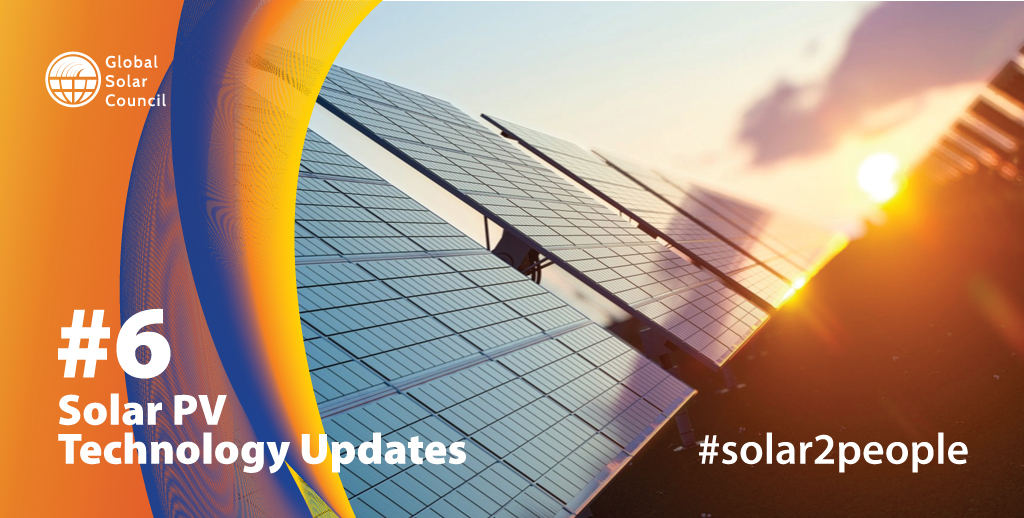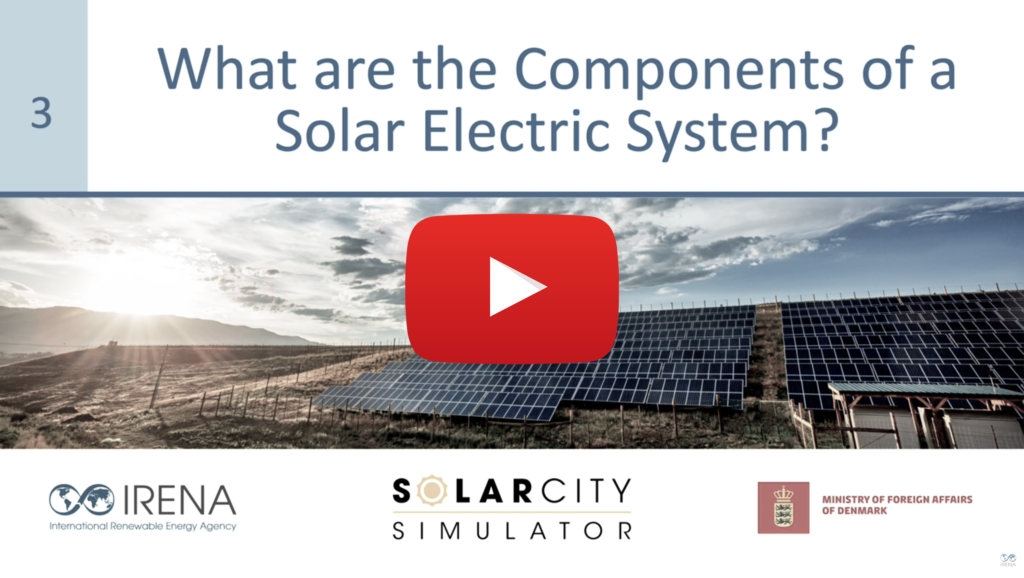Solar PV Technology Updates: Empowering People with Innovative, More Efficient and Reliable Solar Systems

Solar PV technology has come a long way since solar power was first used as an alternative energy source. In the past, solar modules were not very efficient and took up a lot of space. However, modern solar PV technology has solved many problems. Thanks to new advancements in photovoltaic technology, today’s solar panels are more efficient and reliable than ever, so you can generate more energy from the same amount of space and increase independency from the power grid. Learn about how new solar PV technologies can empower people everywhere to find better solutions for their electricity needs today.
Higher efficiency and longevity
New solar modules are much more efficient. Common panels generate electricity at around 20% efficiency today and can produce up to 25% more power than older ones. Furthermore, the cost of innovative technologies that used to be very expensive is decreasing.
Bifacial solar panels are rapidly developing. The back of the double-faced panel also captures sunlight, so it can produce 10-15% more electricity than traditional single-faced panels. Consequently, fewer panels need to be installed to achieve the same output, thereby reducing the overall space required.
Solar trackers are also becoming more competitive. Single-axis solar trackers can increase panels output by up to 30% according to the US National Renewable Energy Laboratory (NREL), while dual-axis solar trackers from 50% to 70%, compared to same-sized fixed solar installations.
New solar modules can be used at more than 80% capacity for a longer time. The average for a photovoltaic module today is around 30 years. This means upfront and installation costs can be compensated by saving on energy bills – and even overcompensated with passive income – over a longer lifespan.
Repurposing and Recycling Potential
Solar PV technology is getting better quickly. Better panels last longer and help reduce waste. Solar modules are primarily composed of glass, plastic, and aluminium: three materials that are recycled in mass quantities. Glass and aluminium components are almost 100% reusable. Therefore, the upscale of solar deployment brings opportunities to boost the green economy creating millions of new jobs.
New technologies will make recycling easier. These innovations include grinding up panels into sand-like pieces called powder that can be reused in other construction materials like cement or concrete or metal recycling processes. Another innovation involves creating solar panel paint made of nanoparticles that can be sprayed on roofs and walls. There are also many ways to repurpose older solar panels.
Solar panels can work even when the sun doesn’t shine and withstand extreme weather conditions
Solar panels can still generate electricity on cloudy days and even when it’s raining or snowing. Actually, the recent extreme weather events happening around the world have demonstrated like solar PV can be a reliable technology and withstand also extreme conditions like hurricanes, floods, and freezes.
The truth is that solar panels can generate electricity as long as the sunlight is not completely obscured from reaching the panel surface. Furthermore, solar systems are modulable, which means that if due to an extreme weather event some modules are damaged, the modules that make up the rest of the system continue to produce electricity.
The amount of electricity generated on a cloudy day will be less than on a sunny day, but the beauty of solar panels is that they will still be generating electricity even on days when the sun isn’t shining as brightly. That translates into consistent, continual savings on your energy bill, all year round.
Solar technology is stronger than barriers
Solar technology is uniquely versatile and this can help overcome barriers to the deployment of large-scale renewable projects due to legislation, grid constraints, vested interests of fossil fuel suppliers and more – especially in rural areas and developing countries. In fact, solar power can be deployed and produce manifold benefits to communities around the world through stand-alone and off-grid systems, solutions like solar water pumping, solar irrigation, solar desalination, rooftop PV for schools and medical centres, and also for refrigeration and preservation of food.
Solar technology can boost businesses
Solar PV technology constantly evolves and can boost businesses by reducing energy costs. The cost of solar PV has come down significantly over the last decade, making it accessible to a broader range of companies. Solar PV can help many business owners save on their energy bills during the current energy crisis. Businesses, in particular in developing countries, can benefit from solar power’s reliability when the grid is unreliable and they would otherwise need to use a diesel generator, at much higher costs.
Turning aspiration into reality: 30% by 2030
The year 2022 marked a landmark improvement in PV module conversion efficiency. Using innovative multi-junction technology, solar cells broke the 30% power conversion efficiency barrier for the first time in 2022. The use of multiple semiconducting materials allows the absorbance of a broader range of wavelengths, improving the cell’s sunlight to electrical energy conversion efficiency.
Such high-efficiency devices have the potential to change our approach to power generation and even advance human space ventures. Obviously, they are currently expensive, like most new technology. But by 2030, we could have them commercially ready for everyday use.
This will allow for an upscaling of more effective solar panels that will help us transition to a fully renewable energy mix and reach 100 million homes, or more, with solar rooftops by 2030. Solar PV will then be able to support even more ambitious national and international roadmaps for clean electricity generation already by the end of this decade.
What makes up a Solar PV system and how does it work?
– An informative video from IRENA.
It is important to look to the future when we consider renewable energy sources, as they provide us with something to work towards, as well as an understanding that there are continuous developments being made. But, it is also important to understand how a rooftop system is assembled and also, how it works. Solar PV systems are made up of a variety of components that when set up correctly, are efficient, reliable, and economic.
Our partner IRENA has released a set of informative videos on solar systems covering a wide variety of topics. This one (below) focuses on the technology of which a solar PV system is comprised!
Why not take a look to gain a better understanding of where we are today, and how a solar PV system would function on your rooftop?

News
- GSC and training standards body GWO launch Solar Training Standards Initiative
- $10 trillion must be mobilised to reach the global 2030 renewables goal
- GSC Statement on COP28 Outcomes
- GSC CEO Statement on COP28 Tripling Renewables Pledge
- Global Solar Council Appoints Sonia Dunlop as New CEO, Strengthening its Leadership to Drive Solar Power Growth